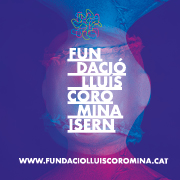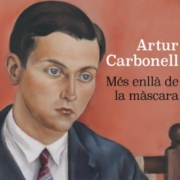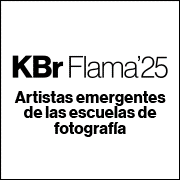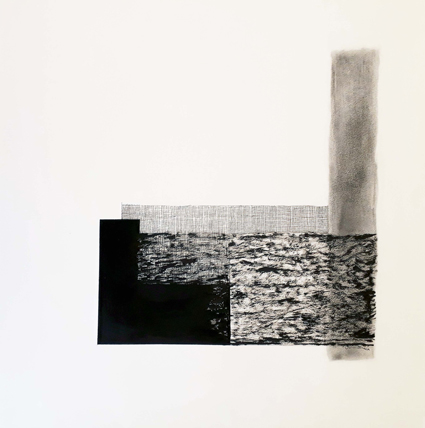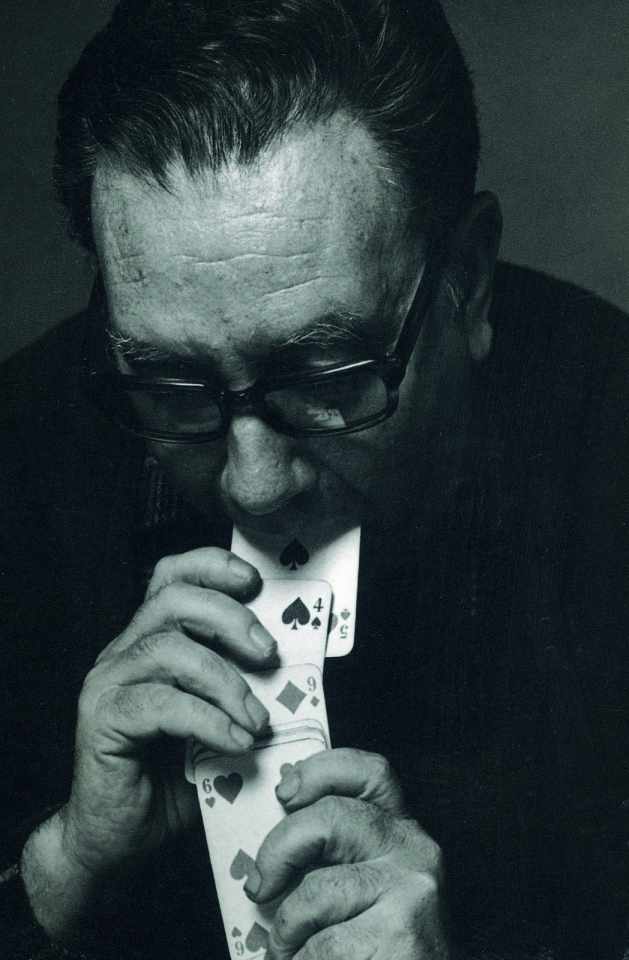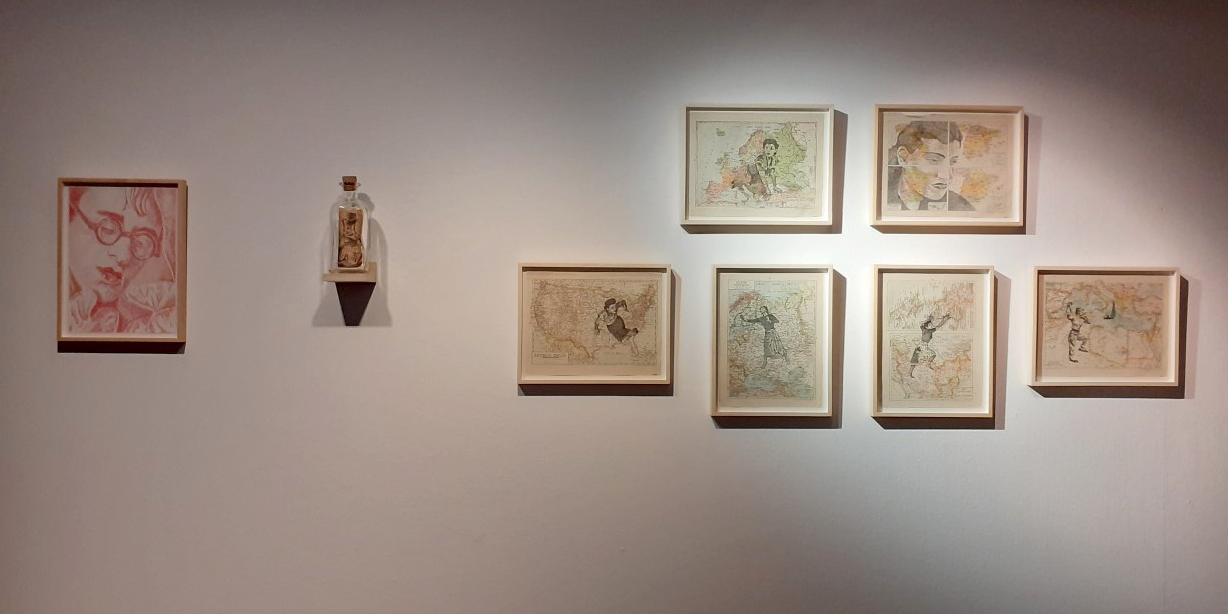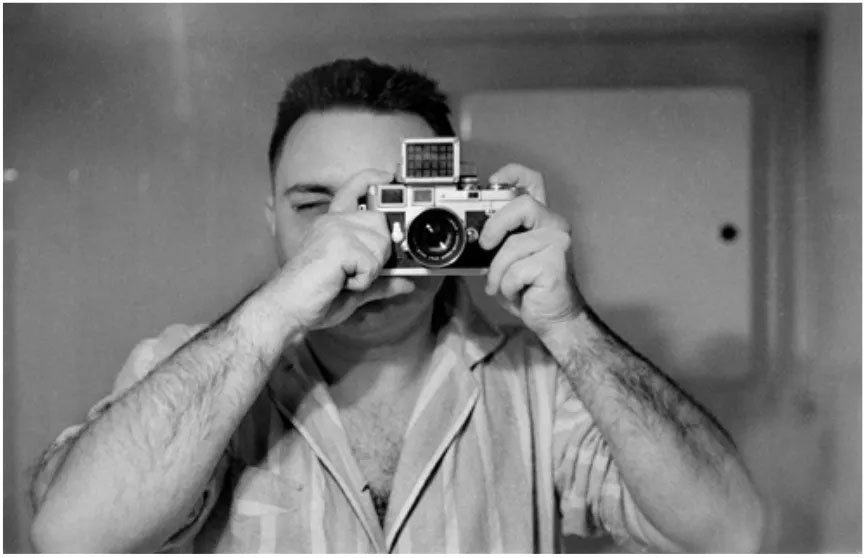Exhibitions
The monsters of Joan Fontcuberta
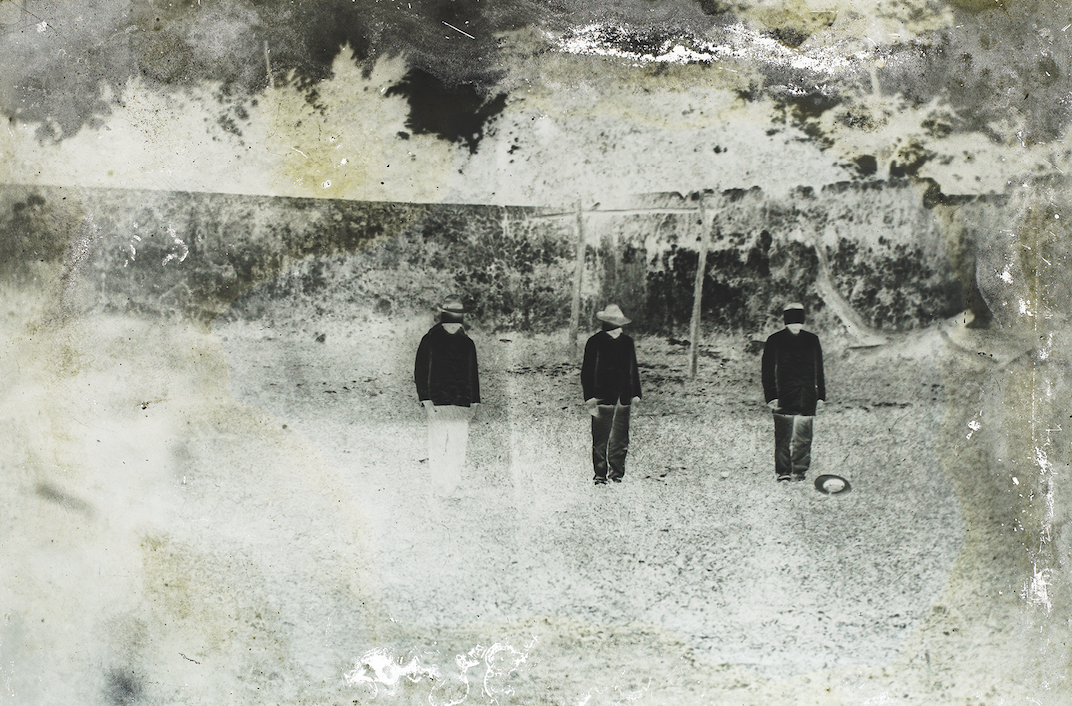
The quote from Antonio Gramsci that says “The old world is dying. The new one is slow to appear. E in questo chiaroscuro nascono i mostri ”(“ The old world is dying. The new one is about to appear. And in this chiaroscuro monsters are born ”) was the spark that led Joan Fontcuberta to reflect on the relationship between analog photography ( of the old world) and images generated by artificial intelligence (of the new world). The fruit of this work is Monstres, the exhibition that can be visited at Can Framis by the Vila Casas Foundation until January 23, 2022.
The exhibition presents half a dozen projects carried out by Fontcuberta, such as Trauma and Prosopagnosia (in collaboration with Pilar Rosado), some more lyrical and others more provocative, such as Beautiful agony, which through different screens shows the faces of Donald Trump, Vladimir Putin, John Charles Bourbon and Dominique Strauss-Kahn having an orgasm as they talk. Obviously, these videos are deepfakes and the work is a parody tinged with Fontcuberta's critical and humorous gaze, a parody created from algorithms that allow him to manifest the mechanisms of deception in a deliberately exaggerated way. And by the way remember that the four characters chosen have been involved in cases of abuse of power or sex scandals. Whether for the popularity of the chosen characters or for their orgasmic faces, Beautiful agony, which Fontcuberta has created together with Pilar Rosado, is one of the highlights of this exhibition. And making that proposal has not been easy.
The work is based on 3,500 video uploads uploaded to the Beautifulagony.com website, which, through algorithm-based technology, create a progressive sequence of faces of people in full orgasm. This same artificial intelligence has been used in the disturbing Phrenographies: Visual Atlas of Madness, in which the starting point is the portraits that Dr. Joan Obiols made of mentally ill people he treated during the 1940s and 1950s. The images Obiols made for therapeutic purposes have been digitized by a supercomputer that randomly combines pixels and creates new imaginary faces that could be real but have a very abstract and monstrous point in line with the representations of Bacon or Munch. However, if the set of the exhibition is a journey into the land of virtual images, the viewer under the pretext of a damaged family album with half-erased images also witnesses the ruins of analog photography, and captures through proposals created at the pace of an algorithm that progress does not deviate from a certain apocalyptic tint.
Since 2008, when Joan Fontcuberta (Barcelona, 1955) did not present any major exhibitions in Barcelona, perhaps this time he has put all the meat on the grill and the journey through the exhibition is not indifferent. With the intention of domesticating monsters, he has also dared to play with the famous photograph of King Emeritus John Charles I in front of an elephant hunted in Botswana. The work has been titled Botswana Safari and has been set up with 20,000 gray Carrara marble tiles. But the piece still hides another surprise: Little Nicholas pointing at the viewer behind a tree, a whole allegory of corruption.
For Fontcuberta, in love with mosaics, the tiles of 2,000 years ago would be like today's pixels, and the technique allows him to address ancient and universal themes still in force in the age of the algorithm. Awarded the Hasselblad International Prize, considered the Nobel Prize for photography, Joan Fontcuberta has been encouraging critical thinking for more than four decades. And the impact these Monsters offer is meant to answer the question of which monsters are hiding in technology, language, and politics. The set embraces the document and the speculation, the natural images and the false images, combinations usually used by the artist, but that in this occasion are especially disturbing perhaps because the creation of monsters is common in all the humans as already it indicated Goya to his etching The dream of reason produces monsters.


